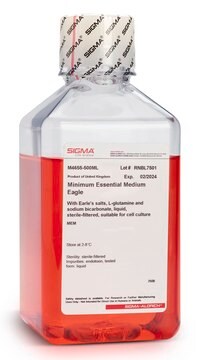161950
1,3-Diethyl-2-thiobarbituric acid
99%
Sinônimo(s):
1,3-Diethyl-2-sulfanylidene-1,3-diazinane-4,6-dione, 1,3-Diethyldihydro-2-thioxo-4,6(1H,5H)-pyrimidinedione, 1,3-Diethylthiobarbituric acid, N,N′-Diethyl-2-thiobarbituric acid
About This Item
Produtos recomendados
Nível de qualidade
Ensaio
99%
controle de medicamentos
regulated under CDSA - not available from Sigma-Aldrich Canada
pf
109-112 °C (lit.)
solubilidade
1 M NaOH: soluble 50 mg/mL, clear, colorless to light yellow
cadeia de caracteres SMILES
CCN1C(=O)CC(=O)N(CC)C1=S
InChI
1S/C8H12N2O2S/c1-3-9-6(11)5-7(12)10(4-2)8(9)13/h3-5H2,1-2H3
chave InChI
SHBTUGJAKBRBBJ-UHFFFAOYSA-N
Categorias relacionadas
Aplicação
Palavra indicadora
Danger
Frases de perigo
Declarações de precaução
Classificações de perigo
Acute Tox. 3 Oral - Skin Sens. 1
Código de classe de armazenamento
6.1C - Combustible acute toxic Cat.3 / toxic compounds or compounds which causing chronic effects
Classe de risco de água (WGK)
WGK 3
Ponto de fulgor (°F)
Not applicable
Ponto de fulgor (°C)
Not applicable
Escolha uma das versões mais recentes:
Já possui este produto?
Encontre a documentação dos produtos que você adquiriu recentemente na biblioteca de documentos.
Nossa equipe de cientistas tem experiência em todas as áreas de pesquisa, incluindo Life Sciences, ciência de materiais, síntese química, cromatografia, química analítica e muitas outras.
Entre em contato com a assistência técnica








